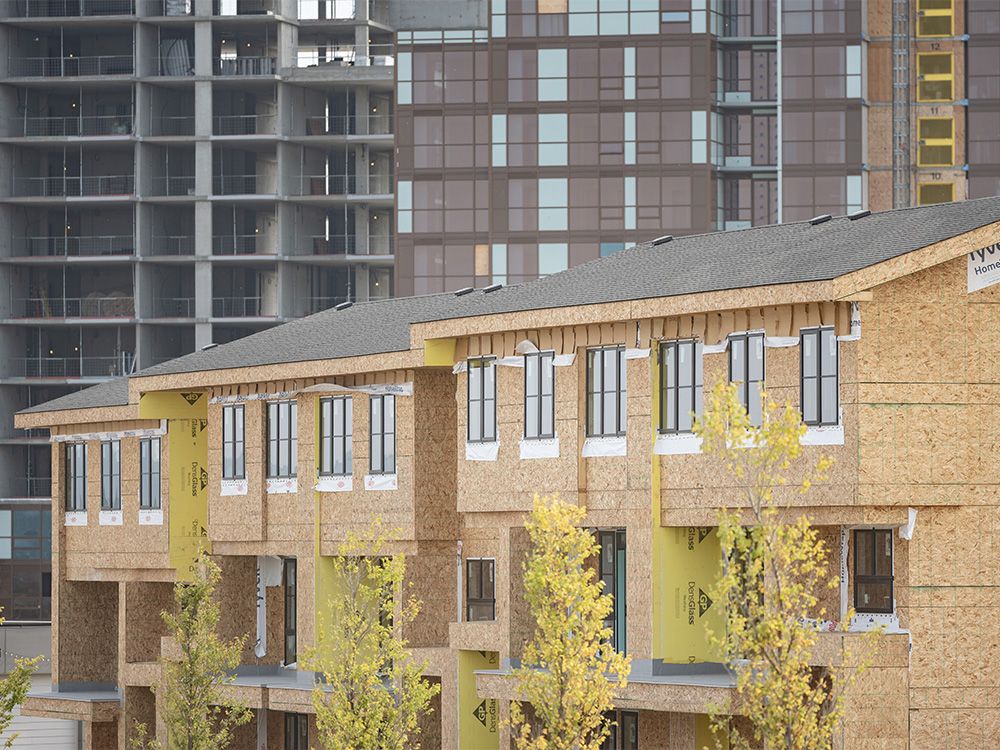The LAPs that have included Main Street corridors have policy in place for even greater density, typically a 6 storey apartment style with retail at grade in some locations. The problem (subjective, but in terms of maximizing density and achieving policy, it is a problem) is that the cost to put up those style of buildings is high, and H-GO is much cheaper for some, but not maximum amount, of density. So we are seeing numerous H-GO applications along 4th Street NW in Mount Pleasant, instead of a greater multi-family zoning followed by apartment buildings. Similar thing is happening along 37th Street SW, where we just finished the Main Street streetscape and have the Max Teal running. See this
Land Use Application and
concurrent DP for instance. Not to say 37th Street doesn't have the higher density, it does, but we are seeing H-Go style products happening where we would like to see even greater density.





